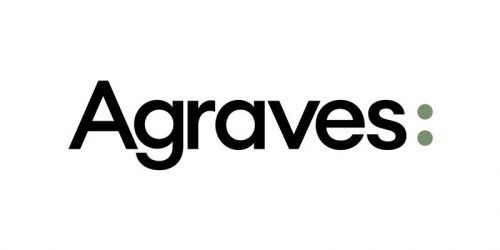The inspiring discussion highlighted what is both possible and profitable while also addressing the urgency and complexity of achieving carbon neutrality in dairy systems. The speakers and projects featured emphasised the crucial role of collaboration, context-specific innovations, and the prioritisation of methane reduction strategies. Scalability and cost of environmentally sound climate solutions remain challenging, but as many solutions have multiple co-benefits, the challenge is in enabling and supporting the changes with effective communication, education and incentives to drive the adoption of more sustainable dairy practices, allowing for the diversity of ideas and farm types to each find their path forward and at an accelerated rate of innovation and change.
Facilitated by Daniella Malin, Cool Farm Alliance’s Head of Impact and Collaboration, the webinar was packed with practical tips for mitigating GHG emissions in dairy supply chains, with the focus on -farms. The expert speakers were from three valued Cool Farm Alliance member companies, Groupe Bel, Nestlé and Straus Family Creamery. These top-tier managers and specialists, including Othaman Alqaisi, Senior R&D Animal Science Specialist at Nestlé (a large company), Brechtje de Schipper, Corporate Milk Expert at Group-Bel (a medium-sized company), and Joseph Button, Vice President of Sustainability and Strategic Impact (representing a small company), brought a wealth of knowledge and experience to the discussion. Their insights and expertise made this event a must-watch for anyone passionate about the future of sustainable dairy farming.
Here are our top level learnings from the webinar:
1. Collaboration is essential
The journey to achieving net zero in dairy farming requires collaboration, resources, and context-specific innovations across regions and typologies of dairy farm systems.
2. Prioritise methane reduction
Prioritisation of solutions that reduce methane emissions has the most potential for driving innovation and income in dairy farms.
3. Overcome scalability and cost challenges
Like most climate solutions, scalability and cost are the major challenges of implementing climate solutions in the dairy sector.
4. Embrace diversity of ideas
Diversity of ideas can spur acceleration of innovative solutions for net zero success in dairy farming.
If you are a Cool Farm Alliance member, you can access the full summary on the Cool Farm Learning Portal here.
If you’re curious to learn more about the Cool Farm Alliance and the benefits of joining, simply click here









